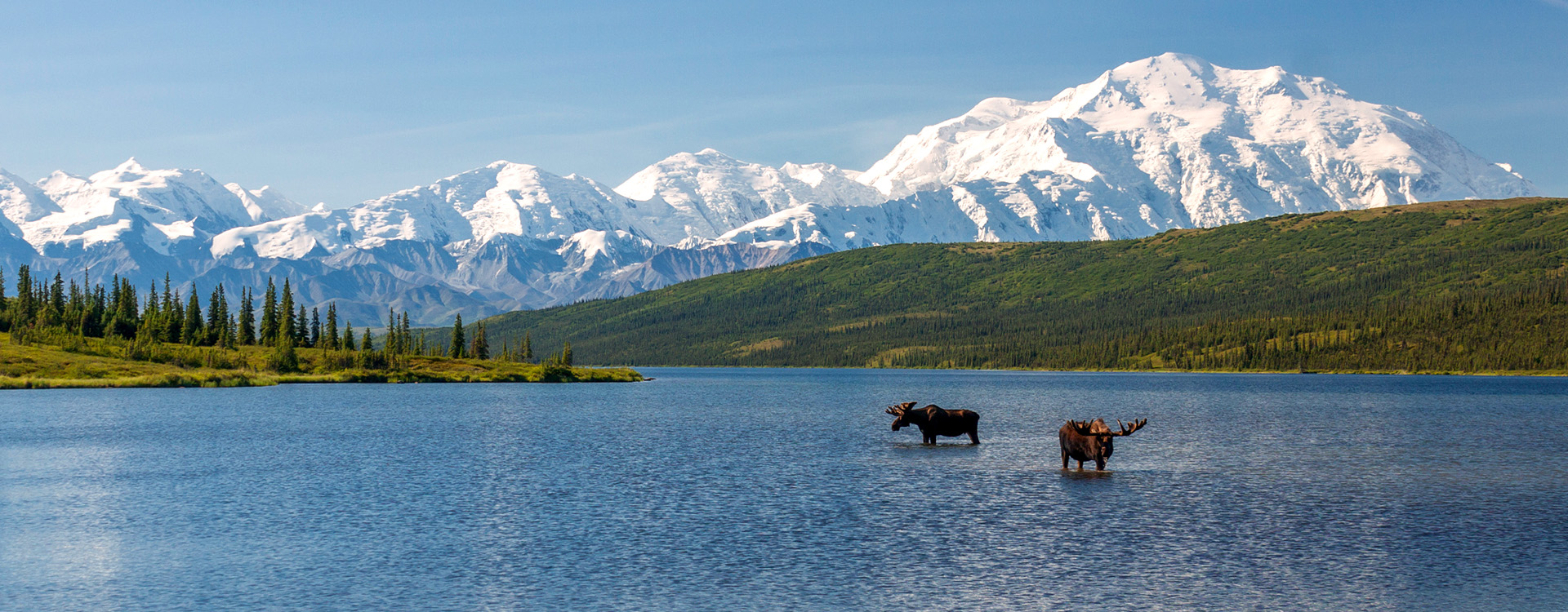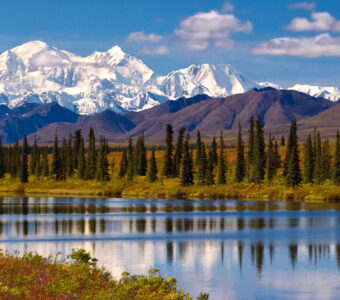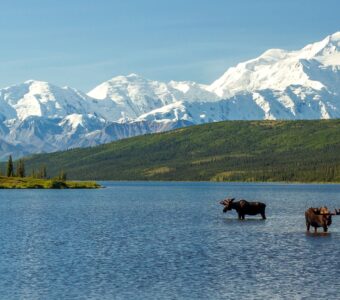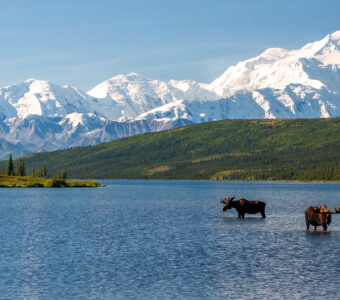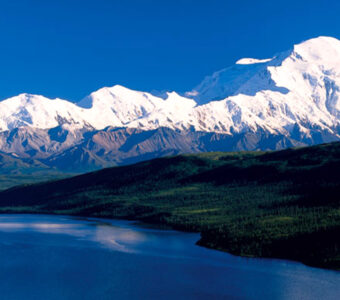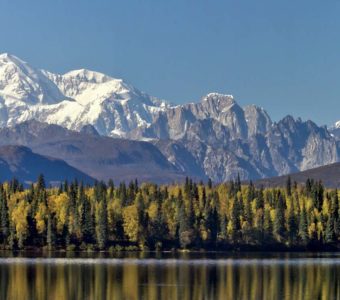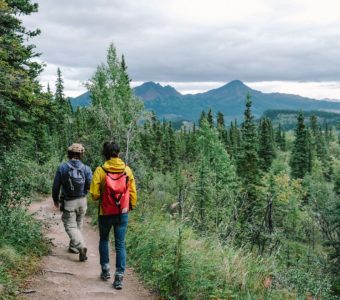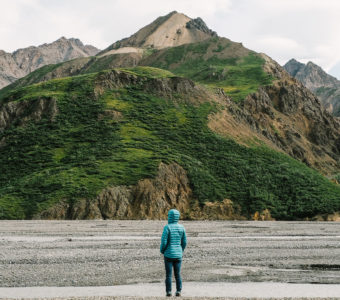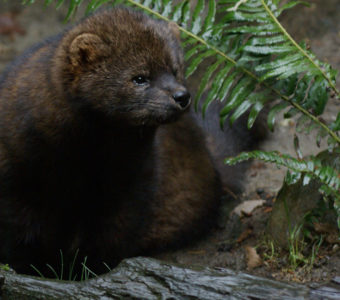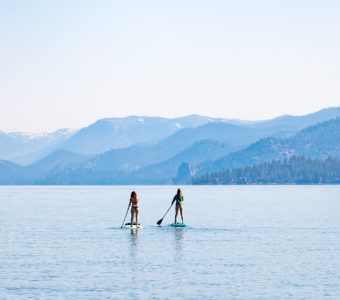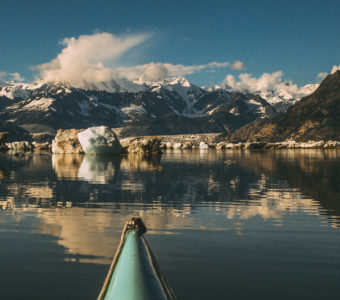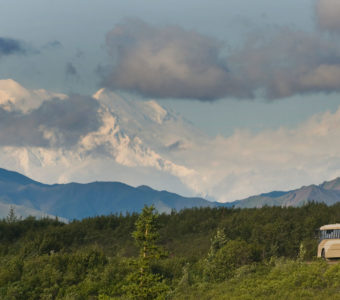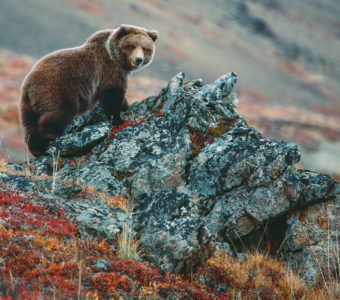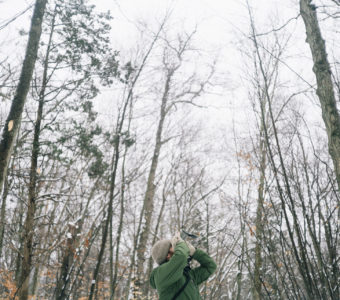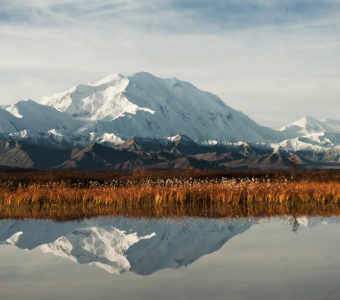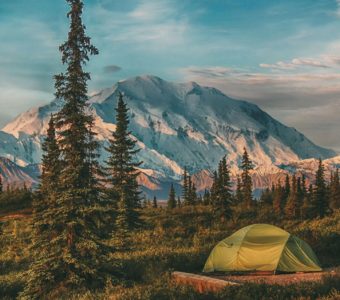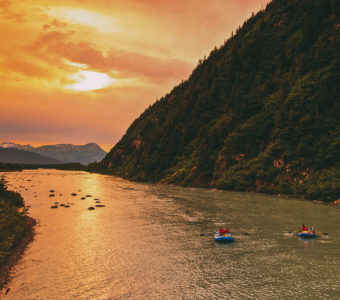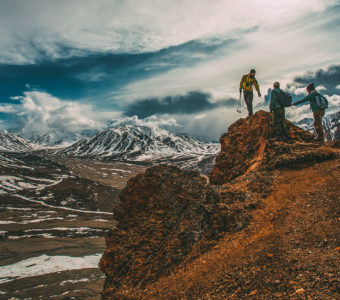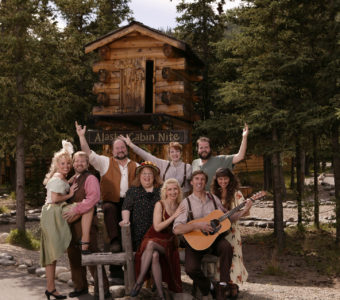National parks are one of the greatest treasures of our planet, showcasing the beauty and diversity of our natural world. These protected areas serve as sanctuaries for wildlife, providing a home for a vast array of creatures, from the tiniest insects to the largest mammals. national parks are some of the best places in the world to observe wildlife in their natural habitats.
In this blog, we’ll explore the incredible diversity of wildlife found in national parks across the United States and also delve into the importance of preserving these habitats and the challenges facing conservation efforts.
How We Can All Protect Wildlife
From the black bears and moose of Glacier Bay National Park & Preserve to the sea otters and gray whales of Olympic National Park, there is something magical about encountering wildlife in their natural habitats. For many people, visiting national parks is an opportunity to disconnect from the hustle and bustle of modern life and connect with the natural world. With one-third of all U.S. wildlife species at risk of extinction, it has never been more important to help conserve natural habitats and support national parks. Here’s how you can help.
Practice Leave No Trace
Leave No Trace is a set of principles that guide how we can interact with and enjoy nature while also preserving it for generations to come. Across the U.S., national parks see over 330 million visitors a year. If each person took home a rock, pinecone, or stick, the natural resources would quickly be depleted.
While slipping one small pinecone into your pocket or stacking rocks to make a cairn may seem like not much, it disrupts the environment, taking away necessary materials for animal and plant life to flourish.
Leave No Trace guidelines encourage visitors to enjoy nature with their eyes, but to leave it undisturbed, packing out all trash and waste. Take only photographs, and leave only footprints—this ensures national parks will be around for the generation to enjoy.
Be an Observer, Not a Participant
When it comes to wildlife, park visitors should be observers, not participants. There’s a key to understanding animals in national parks: they are wild. National park guidance for interacting with wildlife are in place to keep visitors safe and wildlife wild.
During your visit to a national park, you should keep your distance from wildlife, never feed the wildlife, and pick up all trash when you leave. Getting too close to wildlife or leaving trash and food can disrupt their natural behaviors and cause stress. When you arrive, be sure to stop in at the visitor center for specific guidelines and suggestions of the park you’re visiting.
Change Your Consumption Habits
Another easy way to support wildlife and improve habitat conservation is to look at and change your consumption habits. Everything we throw away or recycle has an impact on the environment.
We’re familiar with the phrase reduce, reuse, recycle—a campaign for nature conservation. We mostly focus on the last step, recycle. But, it’s just as important to reduce how much packaging and products you buy and to reuse anything you can, instead of throwing it into the landfill.
For example, Lake Quinault Lodge operates a recycling center that is open to guests and area residents which helps reduce waste and increase recycling efforts for Olympic National Park.
Many national parks have individual programs for dealing with waste. Be sure to throw waste into the proper containers, and if available, use provided recycling bins. This keeps litter out of the landscape, and parks nice for future visitors.
Donate Your Time or Money
Reduce Light Pollution
One of the easiest things you can do to improve the life of wild animals is to turn off outdoor lights while visiting parks. Outdoor lights can disrupt animals’ sleeping, mating, and hunting patterns. Many national parks are registered Dark Sky Places, meaning they use minimal outdoor lighting at night. Dark Sky Parks include Big Bend and Mesa Verde.
There are many things you can do while at home or while visiting national parks to support wildlife and ensure they’re still here for the generation to enjoy their majesty. Below, you’ll find information on some of the wildlife you can spot in Glacier Bay National Park & Preserve, Olympic National Park, and Denali National Park & Preserve.
From Glaciers to Mountains to Coastline: Wildlife in Glacier Bay National Park & Preserve
Located near Juneau, Alaska, you’ll find Glacier Bay National Park & Preserve, a 3.3 million acre treasure of natural wonders and wildlife. With multiple diverse ecosystems, Glacier Bay is home to a wide variety of wildlife. During your visit, you’ll want to look out for:
- Black bears
- Brown bears
- Mountain goats
- Moose
- Wolves
- Steller sea lions
- Humpback Whales
- Sea Otters
- Harbor seals
- Tufted Puffins
- Bald Eagles
One of the best ways to spot marine animal life, especially whales and sea lions, is to reserve a ticket on the Glacier Bay Day Tour. This 8-hour boat tour takes you into Glacier Bay and is guided by a national park ranger.
Nestled among the spruce trees in Bartlett Cove, you’ll find the only hotel accommodations in the park. Glacier Bay Lodge has magnificent sunset views, on-site dining, and comfortable rooms.
Marmots and Black Bears, Oh My: Wildlife in Olympic National Park
Olympic National Park is the perfect place to visit if you’re interested in seeing a diversity of wildlife. With three different ecosystems throughout the park and over 920,000 acres of land, it’s no wonder it’s home to 1,200 species of native plants, 300 species of birds, and over 70 species of mammals.
On land, you might be able to spot black bears and Olympic marmots, as well as grouse, eagles, and falcons, among many other types of birds. The Olympic marmot can only be found on the Olympic Peninsula. This rodent can weigh up to 15 pounds or more!
With multiple lakes inside the park, you’ve got many options for trying to spot marine wildlife. Common visitors to the park include sea otters, sea lions, and gray whales. You can rent a boat or paddle board and explore the lake on your own to try and spot these marine animals. All those lakes also make for some great fishing—you can hire fishing guides to take you out to the best fishing spots.
While there are multiple accommodations near the park, Lake Quinault Lodge is the perfect, rustic escape from reality. The historic lodge is cozy and welcoming with onsite dining, indoor swimming pool, game room, and lake access.
Wild and Rugged Landscape: Denali National Park & Preserve
Located in the interior of Alaska, you’ll find Denali National Park & Preserve. As one of the most remote national parks, the landscape remains wild and rugged. Denali’s ecological community is extensive, with lots of biodiversity and intact nature. The park is home to vast plant communities, 38 species of mammals, 172 species of birds, and even one type of amphibian.
During your visit, you’ll want to keep your eye out and try to spot the Big Five:
- Dall sheep
- Moose
- Grizzly bear
- Caribou
- Wolf
The park is home to approximately 350 grizzly bears who like to roam the tundra. The Alaskan Gray Wolf is one of the most elusive animals, and can be difficult to spot, especially since there are only 51 wolves living in the park. Even if you can’t see a wolf, be sure to listen in the evening for their howl. One of the best ways to see wildlife is on a tour. A visitor favorite is the 5-hour Tundra Wilderness Tour, which takes visitors through the park to spot wildlife and learn about the history.
With a babbling river and towering spruce trees nearby, you won’t want to leave The Cabins at Denali Park Village. Located just 6 miles outside of the park, these accommodations are convenient, comfortable, and cozy. Nearby, you’ll find dining, cocktail bar, interpretive hiking trails, and multiple gift shops.
We all play a role in taking care of the natural wonders that surround us. That work can begin at home, but it continues when we visit a national park. To maintain the beauty and wildness of the landscape and animals around us, we must do our part and make sure it’s here for the next generation to enjoy too.
